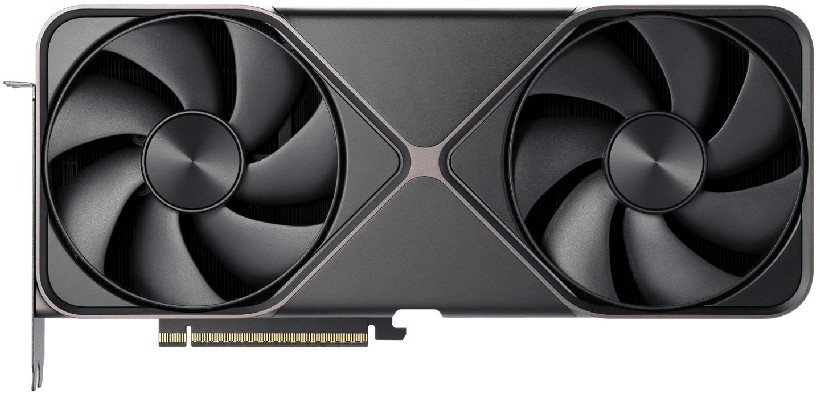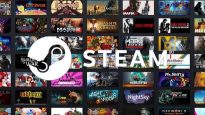Technologies of the new Nvidia GeForce RTX 5000 series graphics cards: DLSS 4 and Reflex 2
10.01.25
Nvidia introduced an updated version of DLSS technology and Reflex 2 latency reduction technology at the same time as the announcement of the GeForce RTX 50-series graphics cards.
DLSS 4
The new generation of DLSS combines several image enhancement methods, including scaling, intermediate frame generation, and optimized ray-traced rendering. The developers claim that DLSS 4 will provide higher performance and improved graphics quality. The key innovation is Multi Frame Generation technology, which is capable of generating several additional frames.
Frame Generation technology was first used in DLSS 3 for GeForce RTX 40 series video cards. It used optical flow data to generate intermediate frames, but faced the problem of increased latency. In the new version of DLSS 4, these shortcomings have been eliminated by using more advanced algorithms. Traditional DLSS work relied on CNN neural networks for pixel processing, while DLSS 4 uses the Transformer algorithm. This method more efficiently analyzes long patterns, which requires a larger amount of parameters and computing power. This approach allows you to generate up to three additional frames with minimal latency.
The new technology also improves the quality of dynamic object rendering. DLSS 4 is reported to provide a fourfold increase in performance compared to the native high-detail preservation mode. However, due to the increased computational resource requirements, Multi Frame Generation will only be available on GeForce RTX 50-series graphics cards.
Despite this, users of older GeForce RTX models will be able to experience improvements in Super Resolution scaling and the standard version of Frame Generation thanks to software optimization of DLSS 4. In addition, the new technology is easily integrated into games that support DLSS 3. Owners of video cards will be able to activate it manually even in those projects where the basic version of Frame Generation is used.
It is expected that at least 75 games will support Multi Frame Generation by the time DLSS 4 is released. Demonstrations of the technology can already be seen in the videos with the game projects Black Myth: Wukong and Dune: Awakening, where it was tested in 4K resolution on the GeForce RTX 5090 video card.
Reflex 2
Along with the new DLSS capabilities, Nvidia also introduced Reflex 2 technology, which combines the Reflex Low Latency mode and the Frame Warp method. The latter is responsible for deforming an already rendered frame and redrawing the image when changing the camera perspective using predictive rendering.
Compared to the first version of Reflex, the new iteration demonstrates high efficiency not only in conditions of limited video card resources. For example, in the online shooter The Finals, enabling Reflex 2 reduced latency by 50% compared to Reflex 1. In Valorant on the RTX 5090 system, the average latency was less than 3ms.
The issue of input lag in competitive games remains critical, as even fractions of a second can affect the outcome of a match. Reflex 2 technology is designed to minimize these delays, providing a more responsive gameplay.
Don't miss interesting news
Subscribe to our channels and read announcements of high-tech news, tes
Oppo A6 Pro smartphone review: ambitious

Creating new mid-range smartphones is no easy task. Manufacturers have to balance performance, camera capabilities, displays, and the overall cost impact of each component. How the new Oppo A6 Pro balances these factors is discussed in our review.
Editor’s Choice 2025. Best devices of the year by hi-tech.ua

The best gaming laptops, mice for work, gaming keyboards, smartphones, and wireless headphones of 2025. Among them, we will highlight the most interesting ones and those that we can recommend buying.
Over 19,000 games were released on Steam in 2025, half of which players didn’t even notice games Steam
In 2025, more than 19,000 games were released on the Steam platform – this is new record for the service and more than last year, when 18,559 releases were recorded.
Vivo S50 smartphone has Snapdragon 8s Gen 3 and 6500 mAh battery smartphone Vivo
Vivo S50 features a 6.59-inch AMOLED display with a 120Hz refresh rate and is powered by the Snapdragon 8s Gen 3 processor. The RAM is 16GB.


